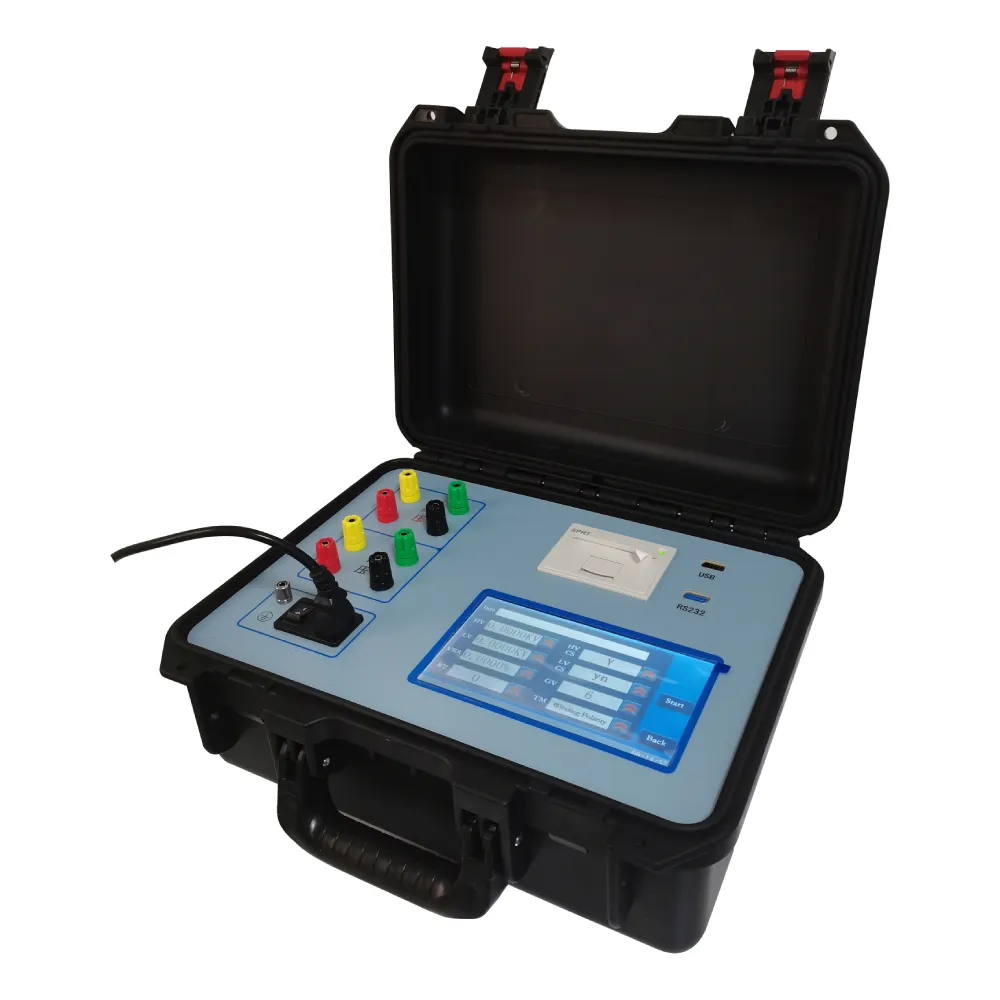 English
English


periodic condition monitoring tests of transformer
Periodic Condition Monitoring Tests of Transformers
Transformers are crucial components in electrical systems, serving to step up or step down voltage levels for efficient power transmission and distribution. Given their importance, ensuring their optimal performance and reliability is vital for both safety and economic reasons. Periodic condition monitoring tests play a pivotal role in assessing the health of transformers, allowing for early detection of potential issues before they escalate into major failures.
Condition monitoring of transformers involves a series of tests aimed at evaluating various parameters that could indicate deterioration or impending failure. One of the primary tests is thermal imaging, which detects hotspots by identifying temperature variances on the transformer's exterior. Hot spots can signal electrical faults or issues within the winding, necessitating immediate intervention.
Another significant test is dissolved gas analysis (DGA). This method analyzes the gases released from insulating oil within the transformer. Different gases are generated at different stages of deterioration, providing insights into potential problems. For example, an increase in acetylene could indicate arcing, while ethylene may suggest overheating conditions. Regular DGA testing enables operators to monitor the condition of the transformer and take corrective action before serious damage occurs.
periodic condition monitoring tests of transformer

Insulation resistance testing is also critical. This test measures the resistance of the transformer’s insulation to electric current. Over time, insulation materials can degrade, leading to short circuits and operational failures. By performing insulation resistance tests periodically, maintenance teams can determine the condition of the insulation and schedule necessary repairs.
Frequency response analysis (FRA) is another diagnostic tool used to identify mechanical or electrical changes in the transformer’s windings. This test involves applying a range of frequencies to the transformer and analyzing the output response. Changes in the response can indicate winding movement, deformation, or other issues that might compromise the transformer's functionality.
In addition to these tests, overall visual inspections and cleanliness checks are integral parts of the monitoring process. Such inspections help in identifying physical abnormalities, leaks, or the accumulation of contaminants that could affect the performance of the transformer.
In conclusion, periodic condition monitoring tests of transformers are essential to maintaining their reliability and efficiency. By employing techniques such as thermal imaging, DGA, insulation resistance testing, and FRA, operators can ensure early detection of potential issues and extend the life of transformer assets. As electrical demands grow and infrastructure ages, the importance of these monitoring practices cannot be overstated. Regular testing ultimately contributes to a more resilient power system, safeguarding against outages and enhancing operational efficiency.
-
Differences between open cup flash point tester and closed cup flash point testerNewsOct.31,2024
-
The Reliable Load Tap ChangerNewsOct.23,2024
-
The Essential Guide to Hipot TestersNewsOct.23,2024
-
The Digital Insulation TesterNewsOct.23,2024
-
The Best Earth Loop Impedance Tester for SaleNewsOct.23,2024
-
Tan Delta Tester--The Essential Tool for Electrical Insulation TestingNewsOct.23,2024





